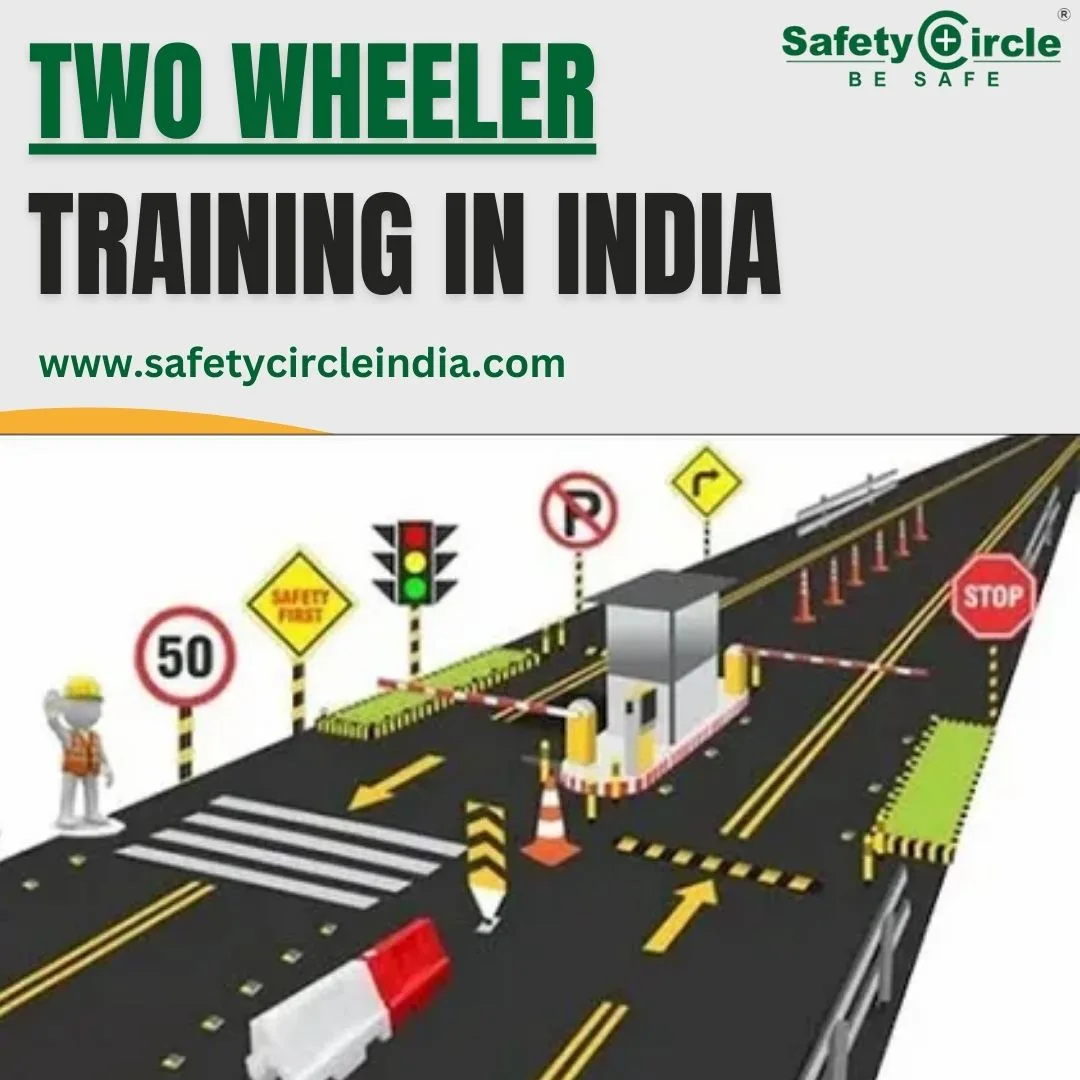Two wheeler training programs in India are designed to teach motorcycle and scooter riders the skills necessary for safe riding. The training typically covers essential riding techniques, understanding traffic rules, and handling challenging road conditions. These programs target new riders who are just learning to drive and experienced riders looking to improve their skills.
India, with its bustling cities and heavy traffic, presents unique challenges for two-wheeler riders. With approximately 75% of the vehicles on Indian roads being two-wheelers, the need for proper training is critical. Many accidents can be prevented if riders receive formal training on handling their vehicles in varying conditions and situations.
Why is Two Wheeler Training Essential in India?
According to data from the Ministry of Road Transport and Highways, two wheeler riders account for more than 35% of total road accident fatalities in India. The lack of formal training, combined with risky behavior like not wearing helmets, over speeding, and incorrect lane discipline, contribute significantly to these numbers.
Effective two wheeler training programs can:
- Reduce accidents: Training helps riders understand the importance of following traffic rules and teaches defensive riding techniques.
- Increase road safety: Trained riders are more equipped to handle sudden obstacles, poor weather conditions, and other road hazards.
- Promote responsible riding: Riders who have undergone training tend to be more responsible and cautious, understanding their role in ensuring their own safety and that of others.
Key Components of Effective Two Wheeler Training
A comprehensive two wheeler training program usually involves several key components that focus on both theoretical and practical aspects of riding. These components include:
- Basic Riding Skills
Beginners are taught how to start, accelerate, and balance the bike or scooter. This phase also includes learning how to control speed and stop the vehicle effectively. - Traffic Rules and Regulations
Understanding and obeying road signs, traffic signals, and lane discipline is a critical part of the training. Riders are educated on their responsibilities as road users and the penalties for violating traffic laws. - Road Safety Awareness
Special emphasis is placed on wearing helmets, using indicators, and ensuring that the vehicle is in proper working condition, such as having functional lights and brakes. - Emergency Maneuvers
Riders are trained to react to sudden obstacles, brake safely in emergencies, and avoid collisions. This also includes handling challenging road conditions such as rain, potholes, or heavy traffic. - Defensive Riding Techniques
Training schools often stress the importance of defensive riding, which involves anticipating potential dangers and maintaining a safe distance from other vehicles on the road.
Road Safety Measures in Two Wheeler Training
To improve road safety, the Indian government has implemented several initiatives aimed at ensuring that two-wheeler riders are better trained and more aware of their responsibilities. These include:
- Mandatory Helmet Use
Helmet laws are strictly enforced in many parts of the country, and training programs emphasize the importance of wearing helmets not only for compliance but also for personal safety. - Road Safety Education
Some training centers collaborate with government agencies to provide road safety education to school children and college students, promoting early awareness. - Defensive Riding Programs
Several advanced riding schools have started offering courses specifically focused on defensive riding, helping experienced riders hone their skills further.
By incorporating these safety measures into training programs, two-wheeler riders can significantly reduce the chances of accidents and ensure a safer driving experience.
How to Choose a Training School
Choosing the right two wheeler training school is crucial for acquiring the necessary skills. When selecting a training center, consider the following factors:
- Certification and Accreditation
Ensure the school is recognized by local transport authorities and has certified instructors. - Course Structure
The course should offer both theoretical and practical training, focusing on road safety and defensive riding techniques. - Instructor Experience
Trained and experienced instructors make a significant difference in the quality of training. - Infrastructure
A good training school should have well-maintained vehicles and safe practice tracks. - Cost
While affordability is important, it’s also essential to ensure the quality of the training offered justifies the cost.
Conclusion
Two wheeler training in India plays an essential role in enhancing road safety and reducing accidents. By enrolling in a certified training program, riders can equip themselves with the skills and knowledge necessary to navigate India’s often chaotic roads safely and responsibly. With the right training, a two-wheeler becomes not just a mode of transport but a safer and more reliable one.


